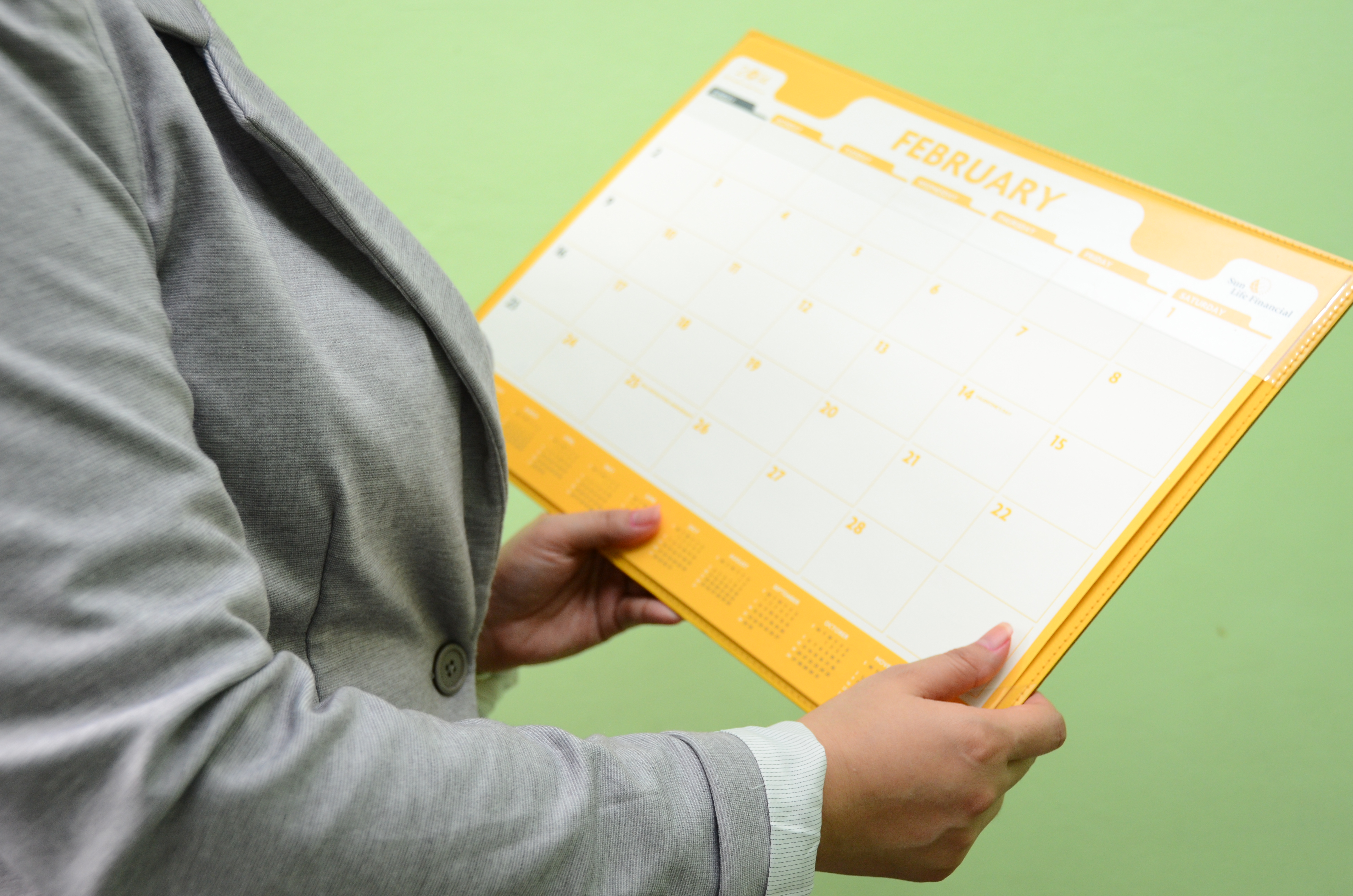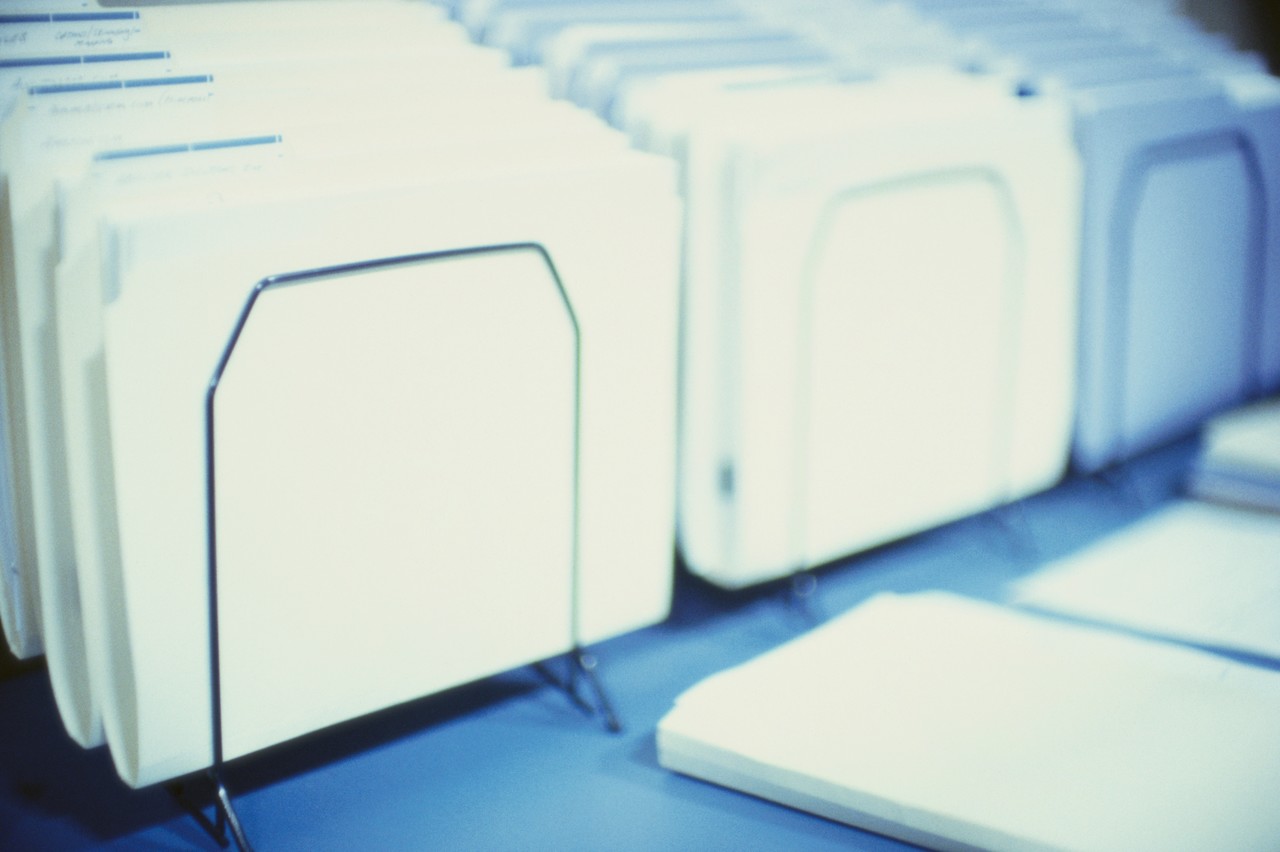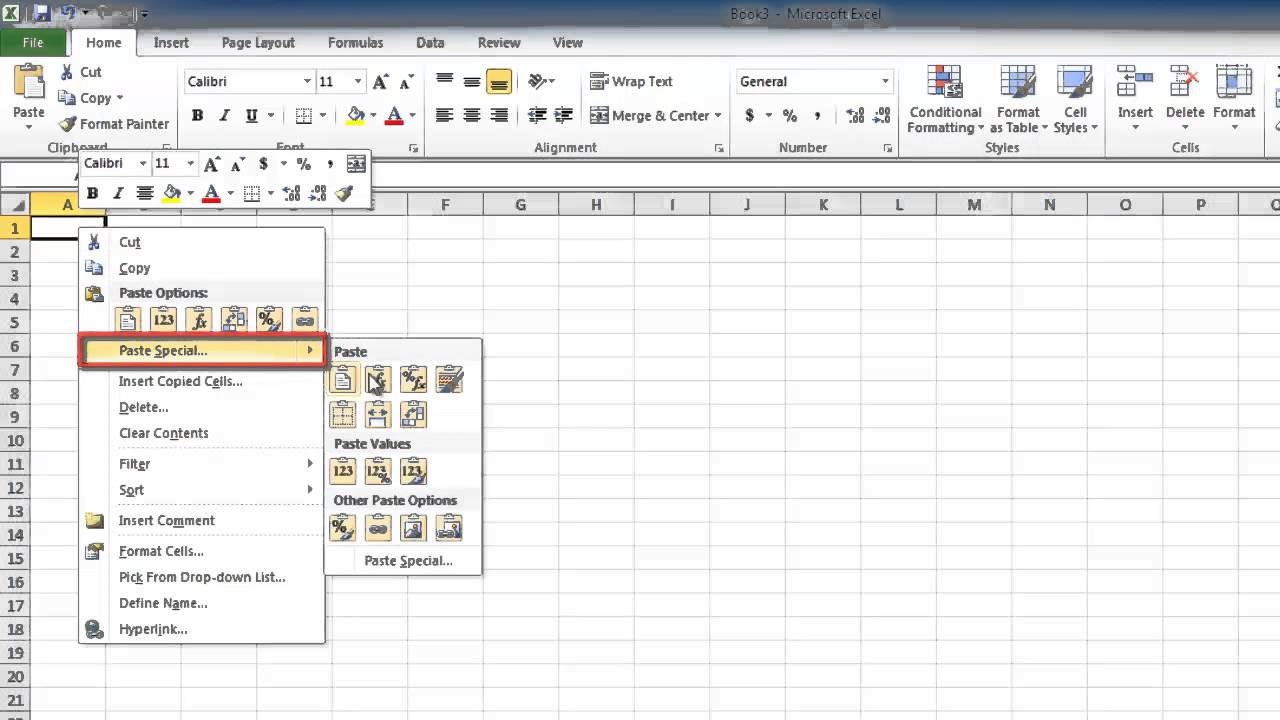5 Simple Tips to Organize Your Paperwork Effectively

The age of digitalization has promised a paperless life, but for many, the piles of paperwork remain a daunting and overwhelming fixture in their homes or offices. Despite the convenience of technology, there are still countless forms, records, documents, and notes that seem to multiply without apparent effort. Organizing this sea of paper can feel like an endless task, but with a few smart strategies, it can become a manageable and even satisfying activity. Here, we explore five simple yet effective tips for organizing your paperwork efficiently, allowing you to take back control of your space and your time.
1. Categorize Ruthlessly

The first step towards a more organized paperwork system is categorization. Begin by sorting your documents into broad categories:
- Financial documents (bank statements, bills, receipts, tax records).
- Legal documents (contracts, warranties, legal notices).
- Personal documents (birth certificates, passports, health records).
- Work-related documents (project papers, work schedules, reports).
- Ephemera (invitations, event tickets, business cards).
Once you’ve divided everything into these main groups, delve deeper, creating subcategories if necessary. For instance, within the financial category, you might have subcategories like credit card statements, utility bills, and tax documents. This process helps in quickly finding what you need without unnecessary rummaging.
💡 Note: If a document can fit into multiple categories, consider using a primary category and a cross-reference method like a reference note or a digital tag.
2. Implement a Filing System

Now that you’ve sorted your paperwork into categories, it’s time to introduce structure. A good filing system can make all the difference:
- Use folders or binders with clear labels. Opt for color-coding if it suits your visual organization.
- Consider using hanging files for larger categories, and manila folders for subcategories.
- File chronologically for financial and legal documents to easily track changes over time.
- Use digital tools like document scanners or file storage apps to reduce physical clutter while maintaining easy access to your records.
Remember, the more accessible your filing system, the less likely you are to let paperwork pile up again.
3. Create a Regular Schedule for Organizing

Creating an organizational habit ensures that your paperwork doesn’t grow into an unmanageable heap. Here’s how you can do it:
- Set aside a specific time each week or month for organizing.
- During this time, go through new documents, file or shred them as needed, and update any records or databases.
- Use reminders or calendar events to keep this task on your radar.
Regular organization is like any other habit; it gets easier the more you do it, and it prevents overwhelming backlogs of paperwork.
4. Go Digital When Possible

In the digital age, paper isn’t always the best solution:
- Scan documents and save them on your computer or cloud storage for easy retrieval.
- Opt for electronic bank statements and bills when available.
- Use apps to manage your documents, like Evernote for notes, and apps like Mint for financials.
- If documents are critical, consider backing them up to prevent data loss.
Going digital not only reduces physical clutter but also supports sustainability efforts, making your organizing process eco-friendly.
5. Purge Regularly

The final, and perhaps the most liberating step, is to regularly purge unnecessary documents. Here’s how to approach this:
- Decide on a retention period for different categories of documents. For example, keep tax documents for at least 7 years in the U.S.
- Shred sensitive documents to avoid identity theft.
- Use the opportunity to update your digital records, deleting or archiving outdated files.
- Be relentless in your purging. If you haven’t used it in over a year and it’s not legally necessary to keep, consider letting it go.
The key to effective purging is not just in the removal of old documents but in maintaining a mindset of ‘less is more’ when it comes to paperwork.
In mastering these techniques, you'll find that organizing paperwork doesn't need to be a monstrous task that looms over your productivity. Instead, it becomes an ongoing process of managing, maintaining, and enhancing your life's flow of information. By consistently applying these tips, your paperwork will be a tool for efficiency rather than a source of stress. As you grow more accustomed to these habits, the paper clutter will diminish, and what remains will be purposeful and easily accessible.
How often should I organize my paperwork?

+
Weekly or monthly organization sessions are recommended to keep your paperwork from becoming overwhelming. However, the frequency might vary based on the volume of documents you typically deal with.
What’s the best way to store digital copies of documents?

+
Cloud storage services like Google Drive, Dropbox, or dedicated document management apps provide secure, accessible storage. Make sure to back up important documents both locally and in the cloud to prevent data loss.
How do I decide what documents to keep or shred?

+
Check local regulations for legal retention periods of financial and tax documents. Generally, keep documents like tax records for 7 years in the U.S. Legal documents like wills should be kept permanently. For everything else, consider if you might need it in the future or if it’s available online; if not, shred it.



